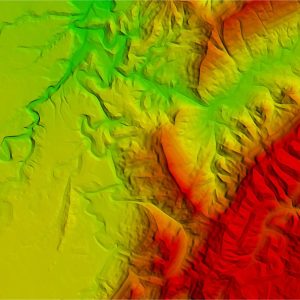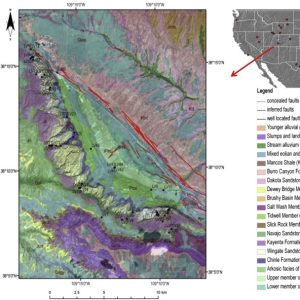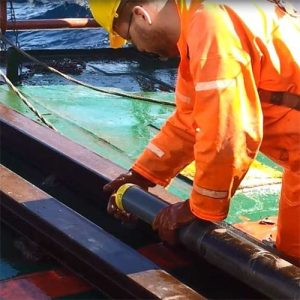Description
SAR uses microwave radar waves to create high-resolution images of the Earth’s surface, making it effective in detecting geological structures and oil seeps, even in cloudy or nighttime conditions. InSAR, an advanced form of SAR, measures ground displacement over time, helping monitor subsurface fluid movements and detect reservoir depletion or induced seismicity from oil and gas extraction. These techniques are widely used in offshore exploration for mapping seabed structures and detecting oil spills. The combination of SAR and InSAR with geophysical data enhances subsurface modeling, reducing exploration risks and improving field management strategies.










Balarabe –
“Oil And Gas Exploration Guides’ ‘Synthetic Aperture Radar (SAR) and Interferometry’ guide has been an invaluable resource for our exploration efforts. The detailed explanations of SAR and InSAR techniques have helped us enhance our understanding of subsurface structures and detect potential hydrocarbon deposits with greater accuracy. The high-resolution imagery and deformation analysis provided by these technologies have significantly improved our decision-making process, leading to more targeted and successful exploration campaigns.”
Bunmi –
“This guide on Synthetic Aperture Radar (SAR) and Interferometry is an invaluable resource for professionals in the oil and gas industry. The comprehensive coverage of SAR and InSAR techniques provides a solid foundation for understanding their capabilities and applications in hydrocarbon exploration. The detailed explanations and real-world examples make it easy to grasp the concepts and implement these technologies effectively. With this guide, I gained a deeper knowledge of SAR and InSAR, enabling me to make informed decisions and improve the accuracy of my exploration efforts.”
Saadu –
“As an exploration geophysicist, I found the ‘Synthetic Aperture Radar (SAR) and Interferometry’ guide from Oil And Gas Exploration Guides invaluable. The comprehensive coverage of SAR and InSAR techniques, their applications in oil and gas exploration, and the hands-on examples provided me with a deep understanding of these powerful remote sensing technologies. The guide’s clear explanations and practical insights helped me integrate SAR and InSAR data into my exploration workflow, enhancing my ability to detect geological features and assess reservoir potential.”
Chibuzo –
“I am extremely satisfied with the ‘Synthetic Aperture Radar (SAR) and Interferometry’ guide. It provided me with invaluable insights into the applications of SAR and InSAR technologies in the oil and gas exploration industry. The comprehensive coverage of topics, including data acquisition, processing, and interpretation, has significantly enhanced my understanding of these advanced techniques. The guide has proven to be an indispensable resource in my work, enabling me to effectively utilize SAR and InSAR data for hydrocarbon detection and reservoir characterization.”